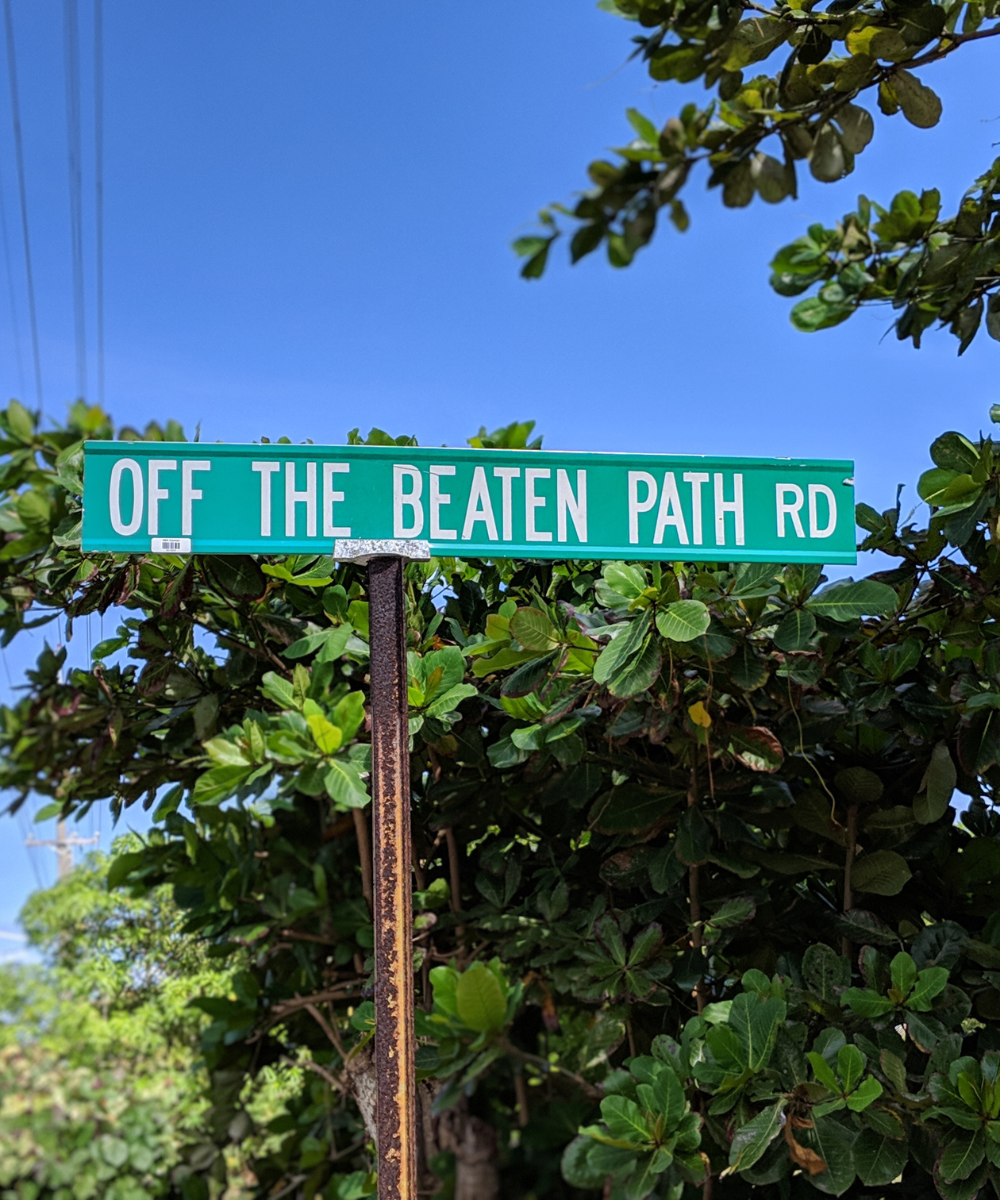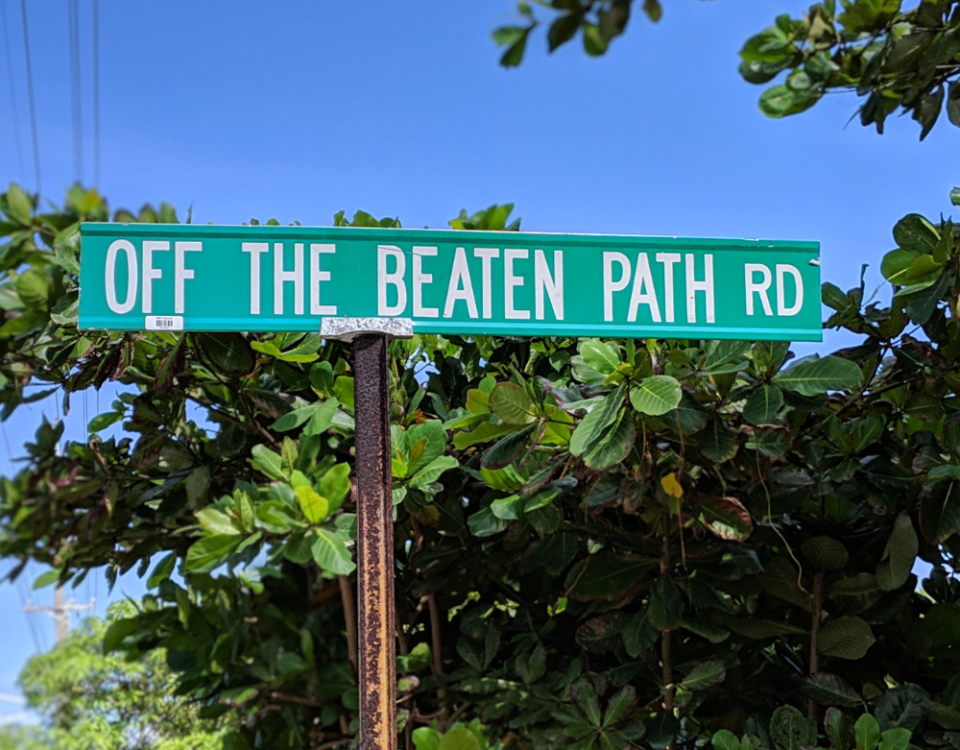
The Communities Near Wears Valley
April 3, 2023
Off The Beaten Path – New and Different Ideas
April 3, 2023
Our cabin locations are a very short drive from one of the least busy entrances to the national park, offering you quick and easy access to one of the park’s many picnic and hiking areas. From there, popular park destinations like Cades Cove, Elkmont and Sugarlands Visitor Center are just minutes away.
Hosting over 12 million visitors annually, the Great Smoky Mountains National Park is America’s most visited national park. It is a landscape that combines natural and cultural history beautifully. History unfolds before the eyes, emerging from lush forests and rich lowland valleys. Much of the Smokies’ 500,000 acres are pure wilderness. More species of plants are found within the park than any other area in North America. Over 1,500 flowering shrubs and plants, 124 species of trees and 30 varieties of orchids and grasses can be found here. Interestingly, the Smokies’ unique ecosystem combines two different climates. The amazing profusion of vegetation combines with the oil of pine trees to create a vapor that mixes with the moisture-laden air to give the Smoky Mountains their name. The Smokies are also home to a diverse array of wildlife, harboring over 60 species of mammals, 200 species of birds, nearly 70 kinds of fish and 80 varieties of reptiles and amphibians. White-tailed deer, red fox, wood chucks, squirrels and raccoons are often encountered on quiet roadsides. Peregrine falcons, red wolves and river otters are recent re-inductees to the park, having been previously eradicated from the area.
70 miles of the trail pass through the Great Smoky Mountains National Park. Within the Park’s borders, the trail crosses from Davenport Gap near Big Creek on the east to Fontana Dam, N.C. on the southwest, reaching a halfway point at Newfound Gap. It passes near or over several of the highest peaks in the eastern United States. The “AT” winds up over the highlands through grassy balds and descends into the valleys to briefly join other trails. The most popular drive through the park is Newfound Gap Road, which is 26 miles long and crosses the park to the southeast. It begins at Sugarlands which is at an elevation of 1,436 feet, it rises to more than 5,000 feet above sea level at Newfound Gap. The road descends down to 3,000 feet to Oconaluftee Visitors Center at the main entrance to the park from North Carolina. Oconaluftee Visitors Center is also a treasure trove of information and the adjacent Mountain Farm Museum will introduce the visitor to the rural heritage of the early settlers. Newfound Gap Road is a gradually unfolding botanical journey that spans the five vegetation zones a traveler would encounter if traveling the hundreds of miles to Maine. There are scenic overlooks along the way, roadside exhibits, and trailheads for the hikers. At Newfound Gap visitors can look for miles over waves of rolling hills and the Appalachian Trail crosses the road here.
To get to know the park more intimately, to hear the quiet, to feel the peace, to savor the smells, to see the boundless vegetation – you need to get out of your cars and walk. There are about 150 trails covering over 900 miles and there are trails for everyone’s stamina, interest, and level of expertise. A good place to start is the Sugarlands Visitors Center on Route 441 at the Gatlinburg entrance to the Great Smoky Mountains National Park. There are nature exhibits, a short film, guidebooks, maps, and park rangers who give lectures guided strolls, and answer questions. This is also where you would pick up your camping, hiking, or fishing permits. Twelve self-guiding nature trails, ranging in length from 1/4 mile to a mile roundtrip, were selected and developed by Park naturalists for their interesting natural history, beauty and accessibility. The All-Access Nature Trail, 0.5 miles south of Sugarlands on Newfound Gap Road, was specially designed for the handicapped, parents with young children, and older couples.
See more on The Great Smoky Mountains National Park at https://www.nps.gov/grsm/index.htm.




